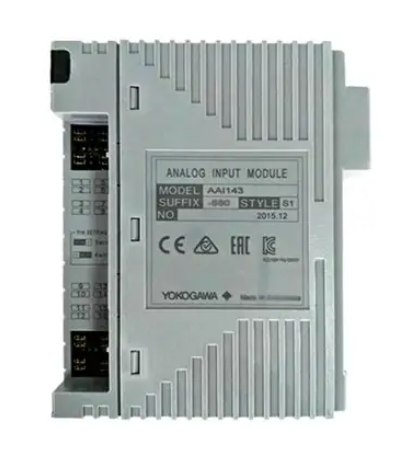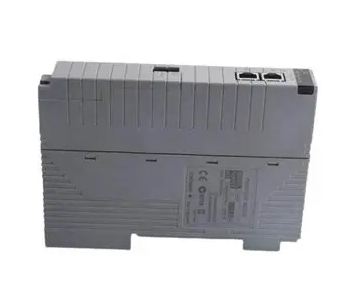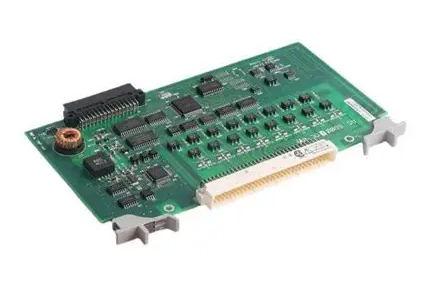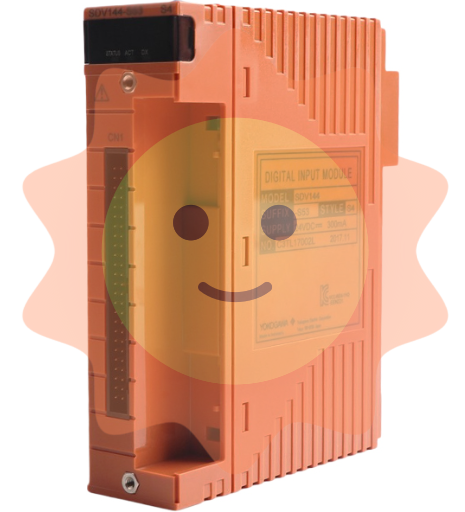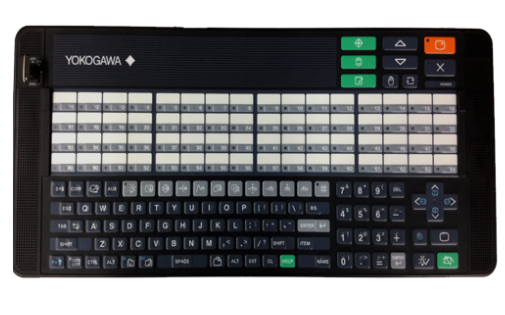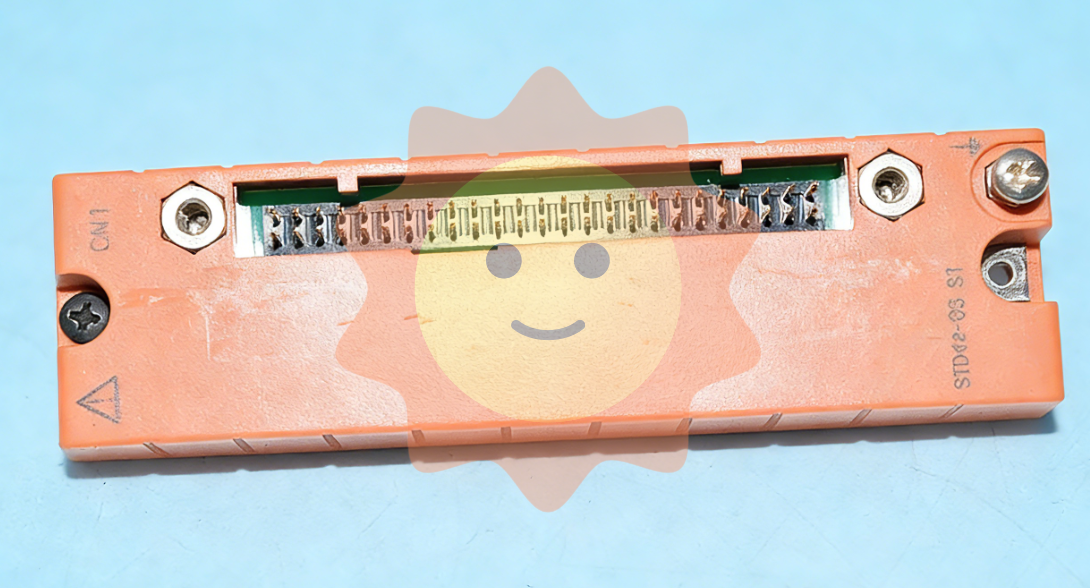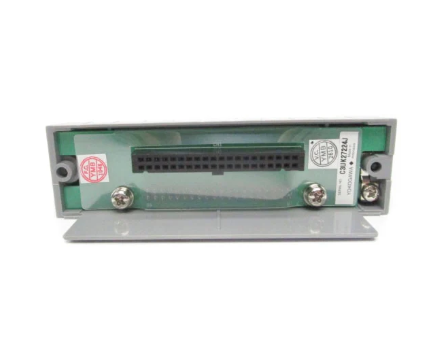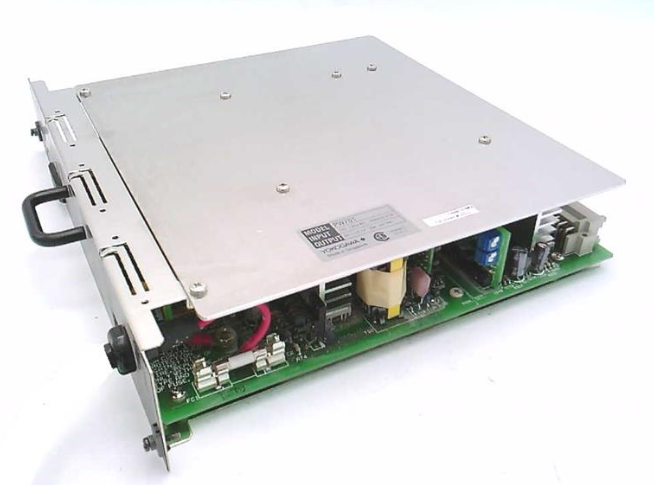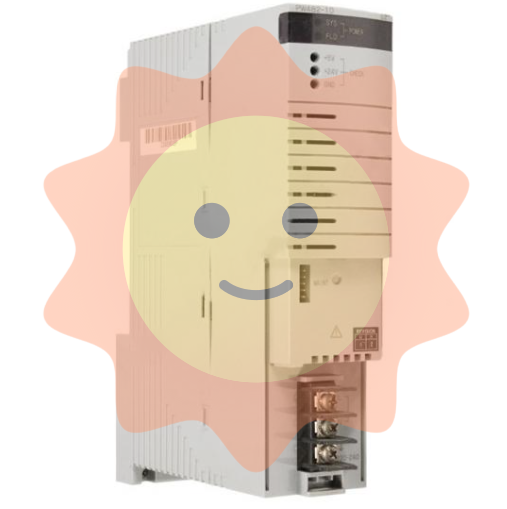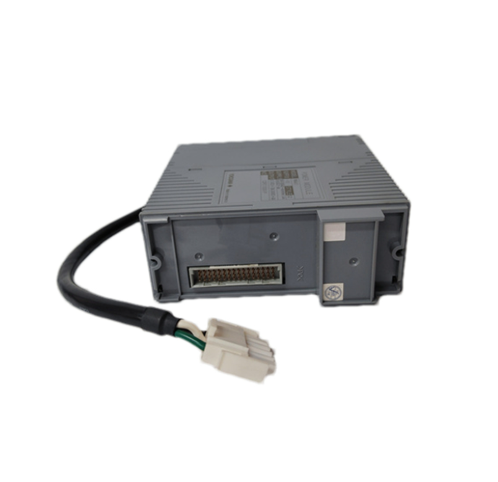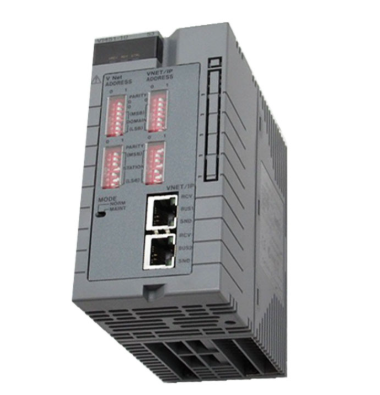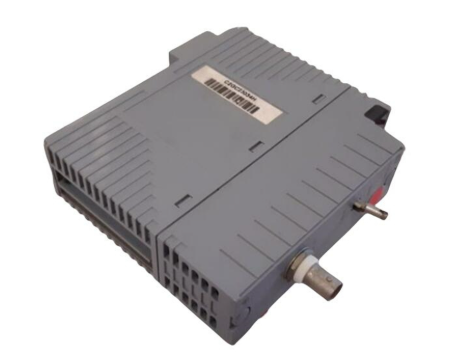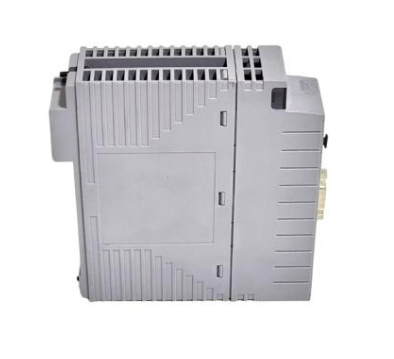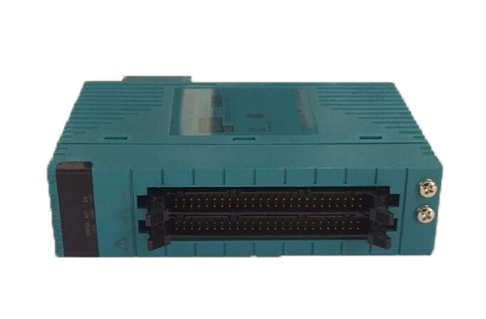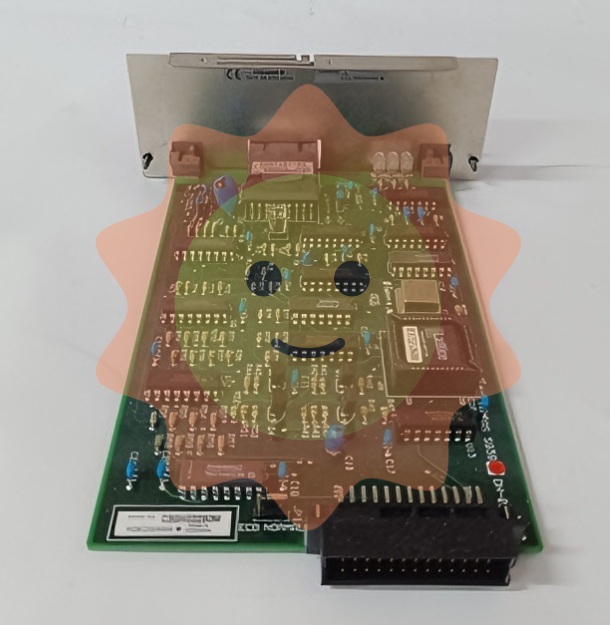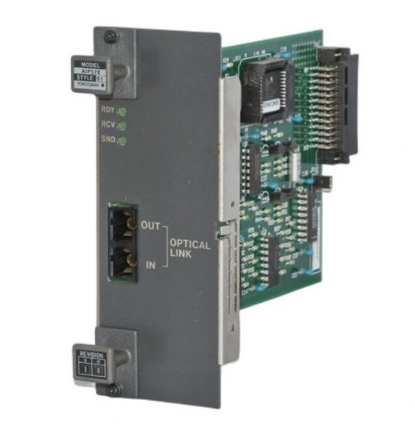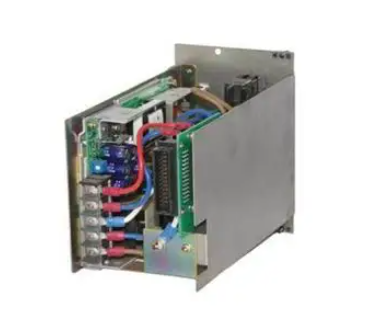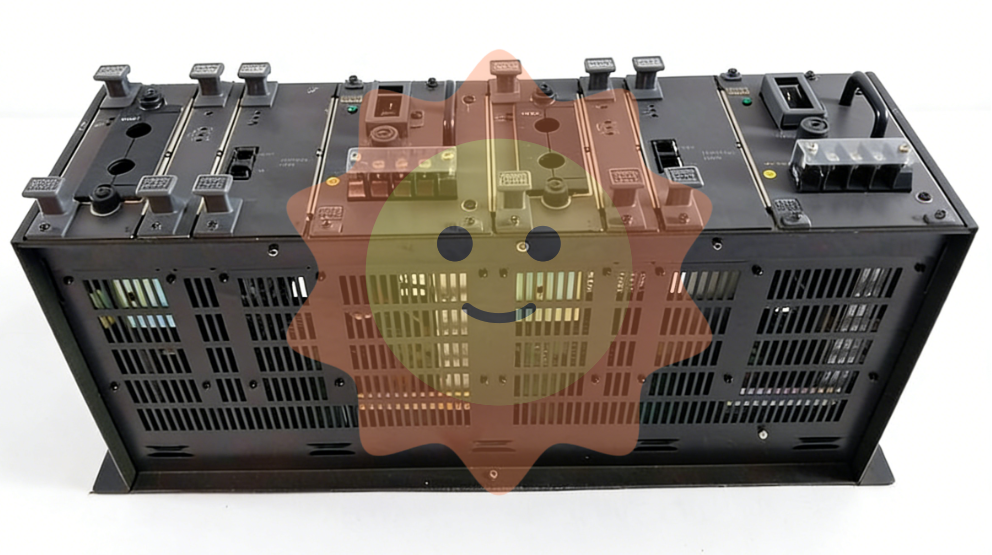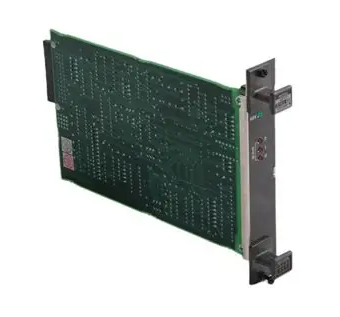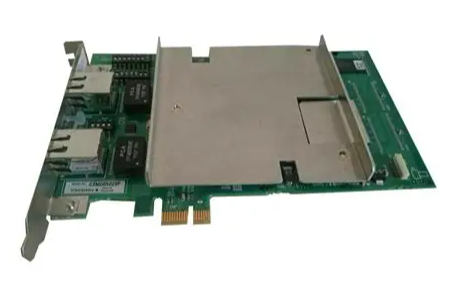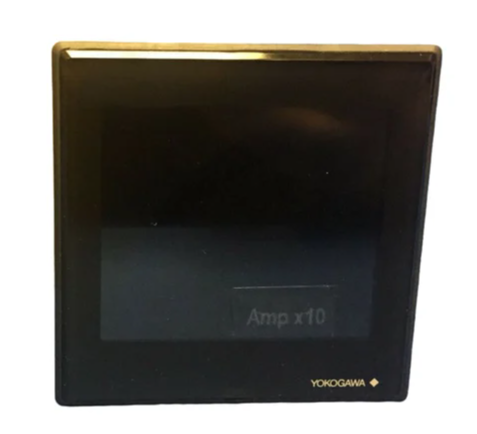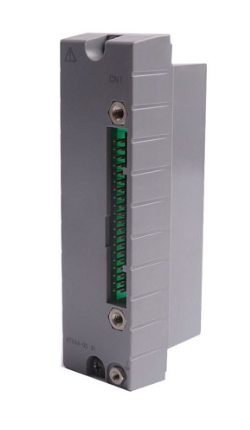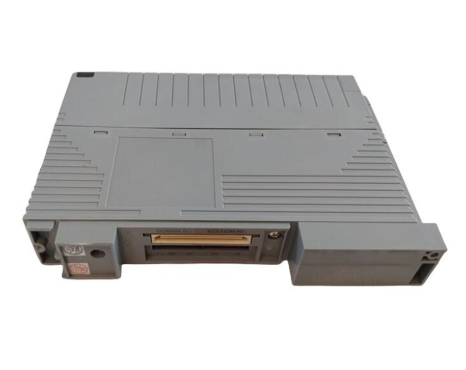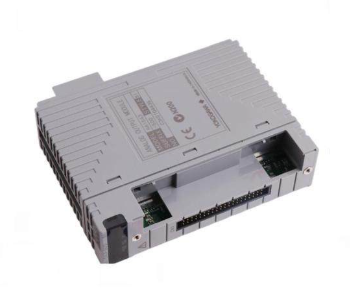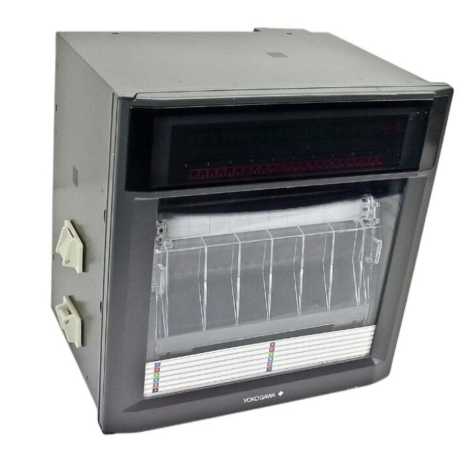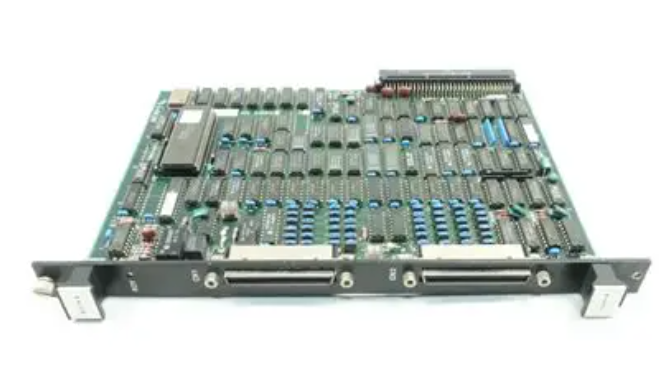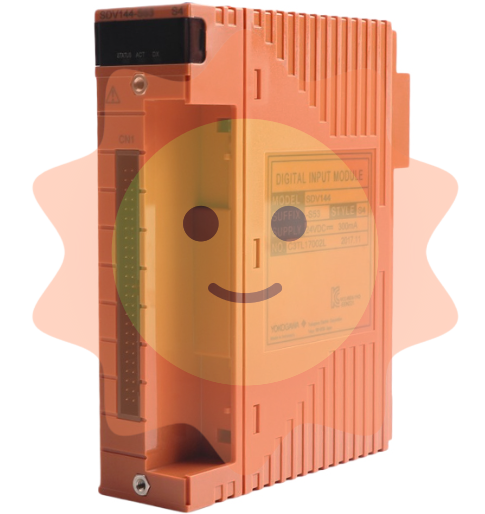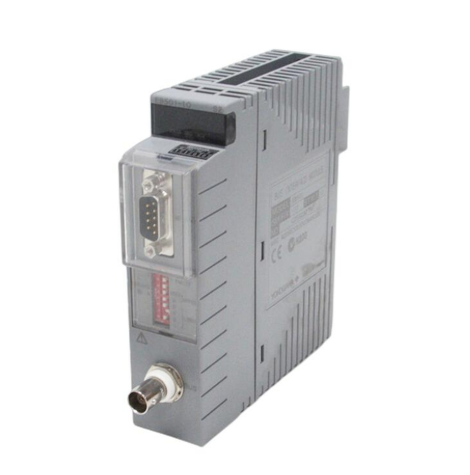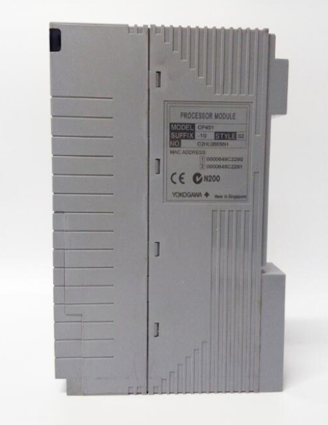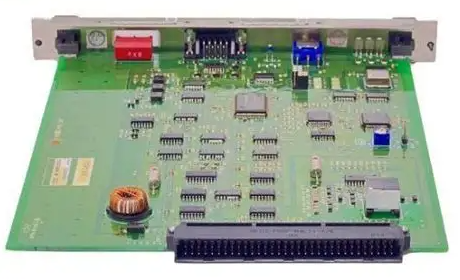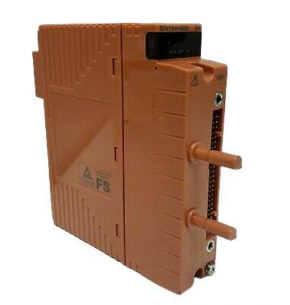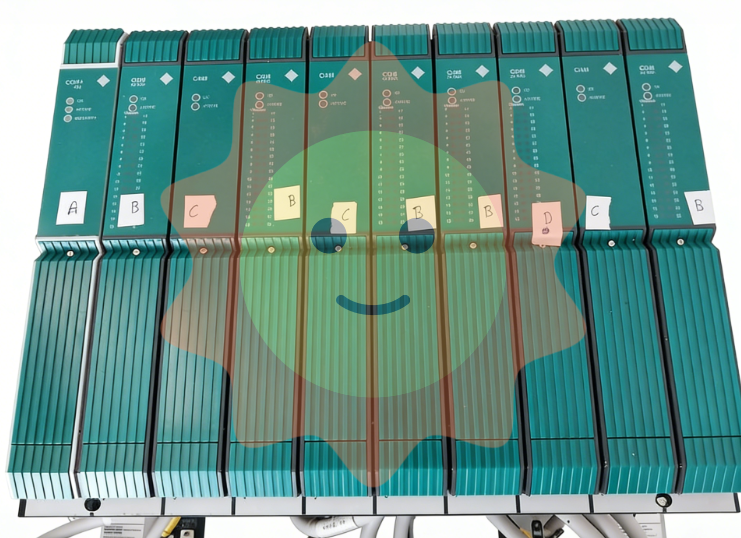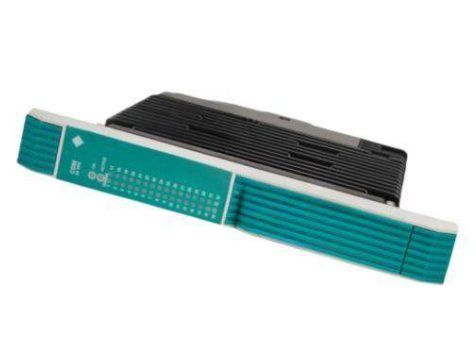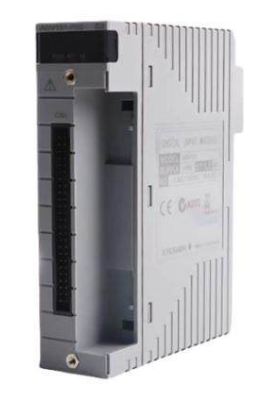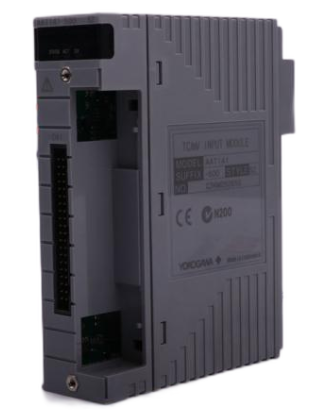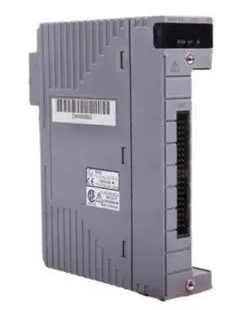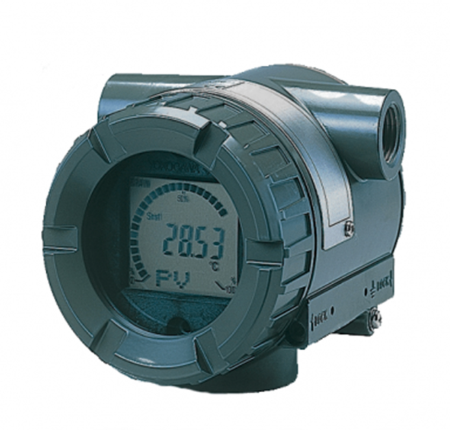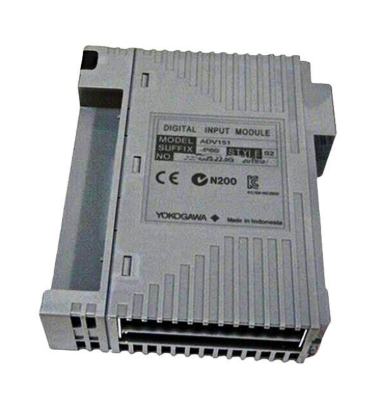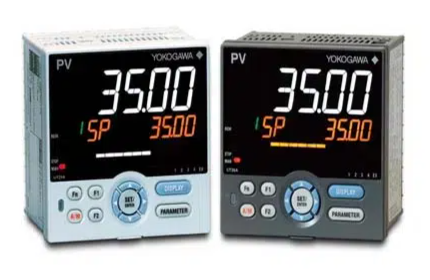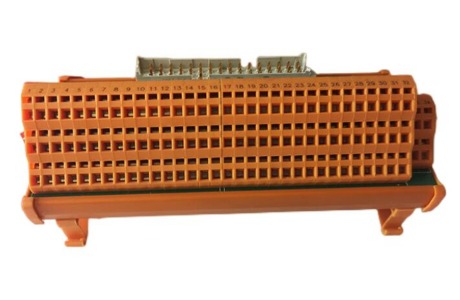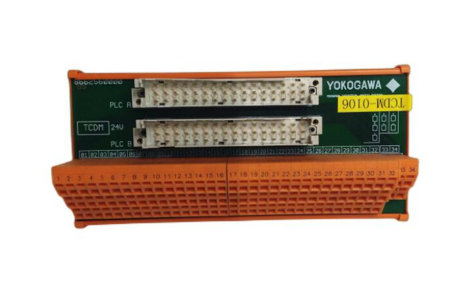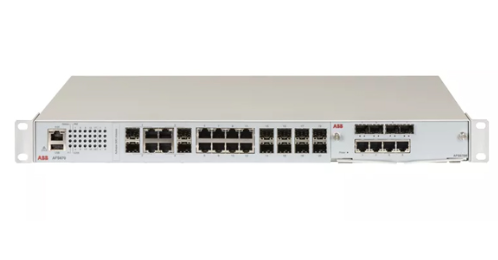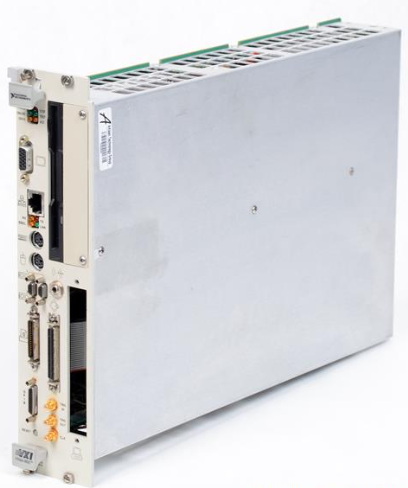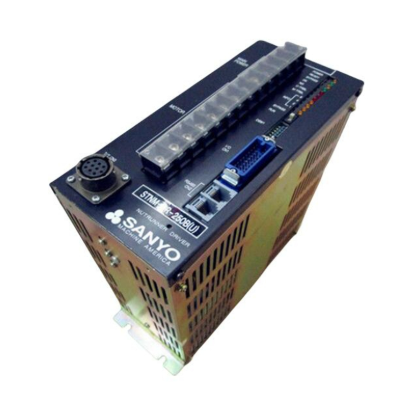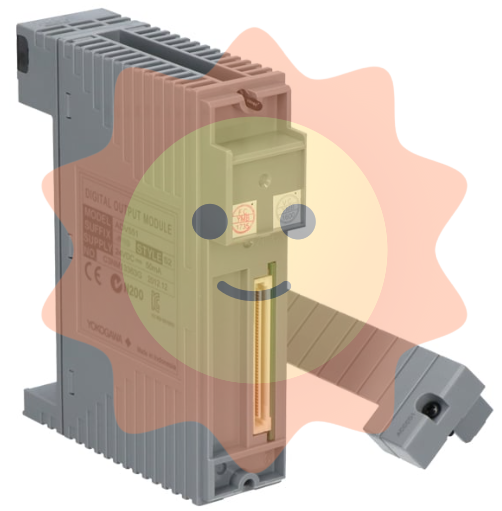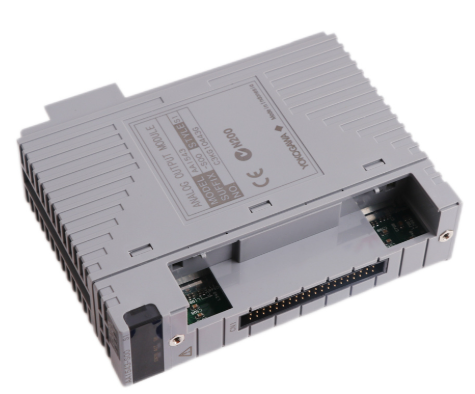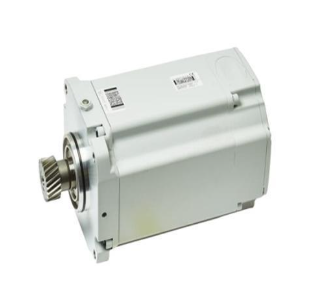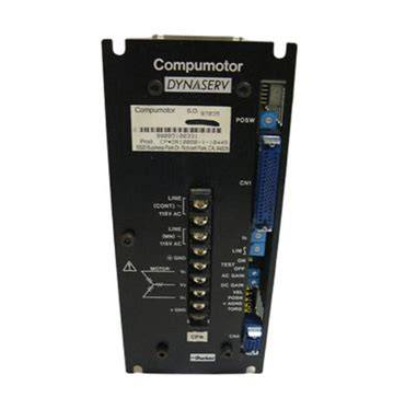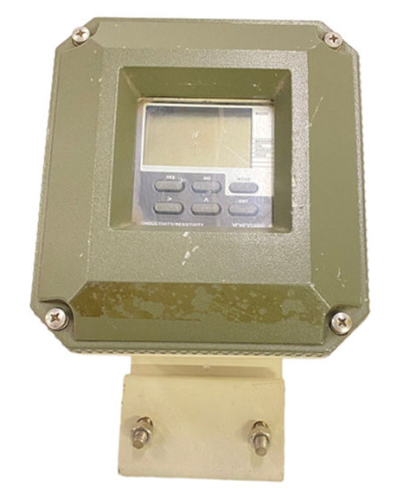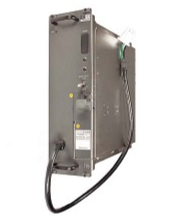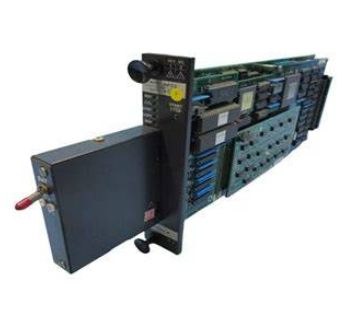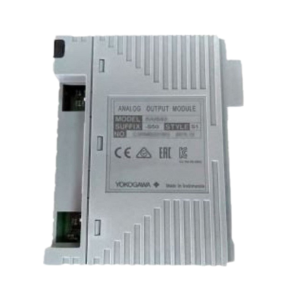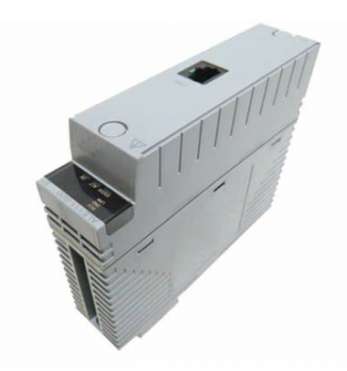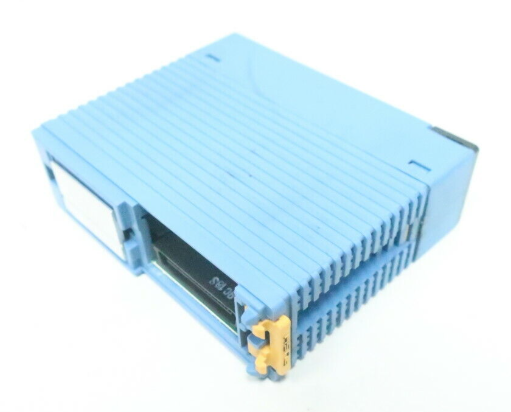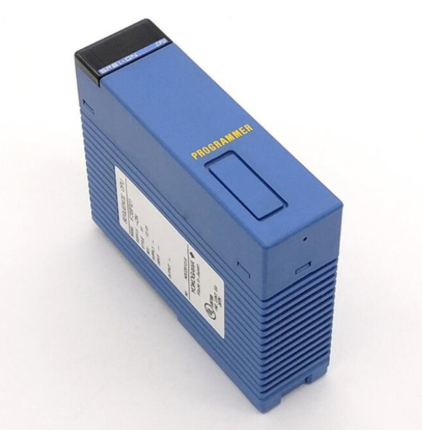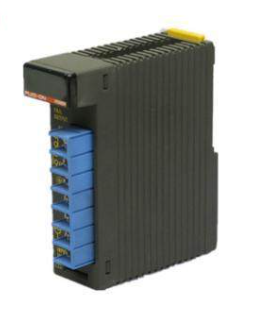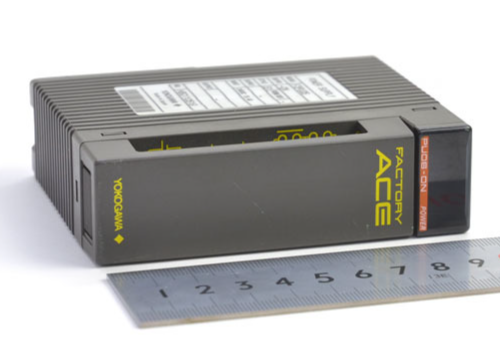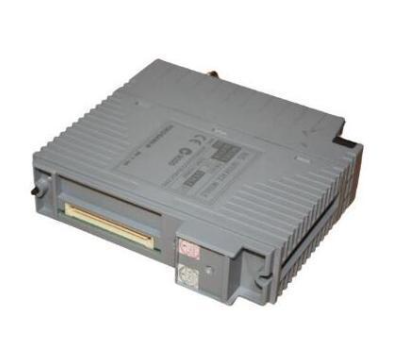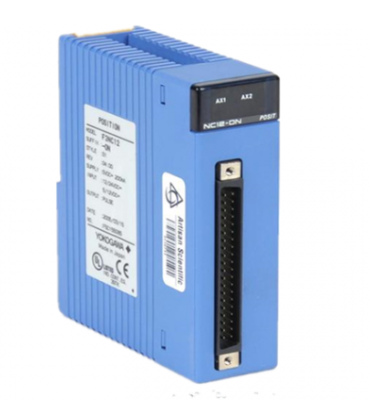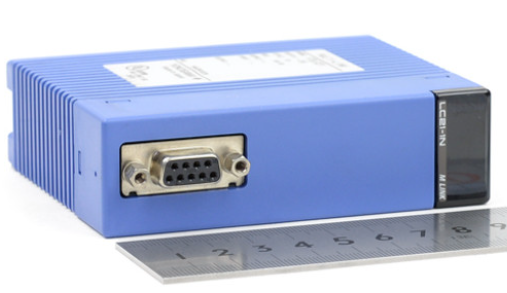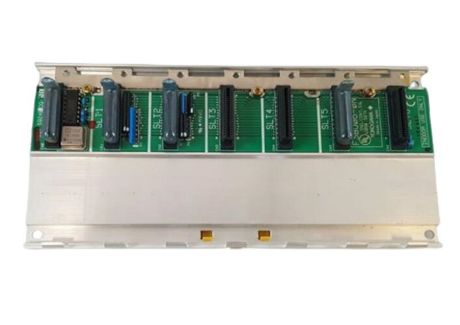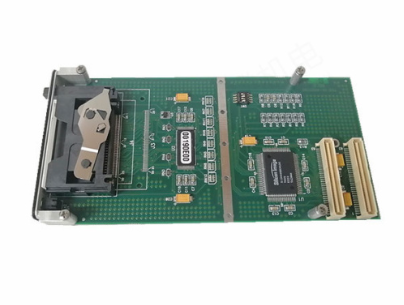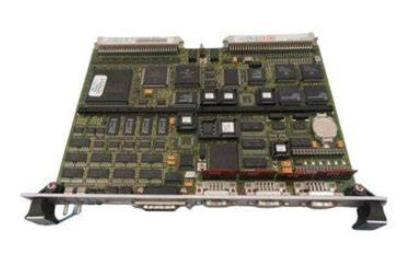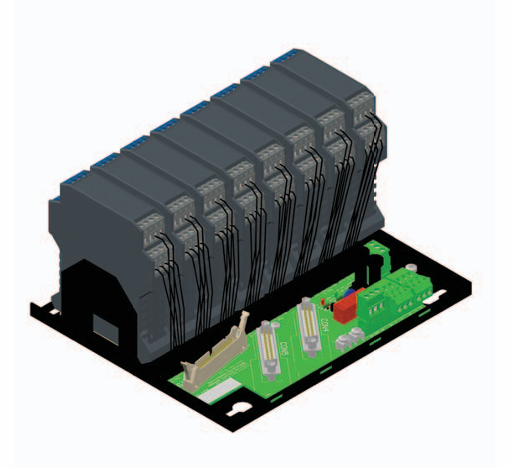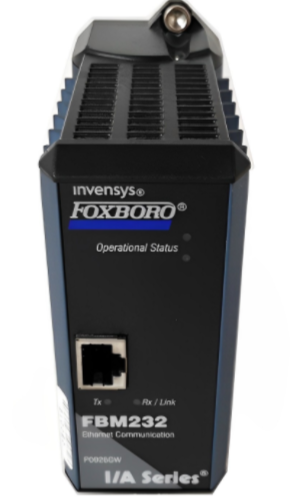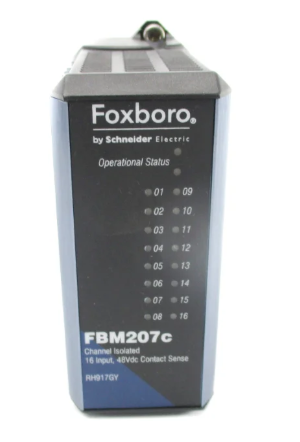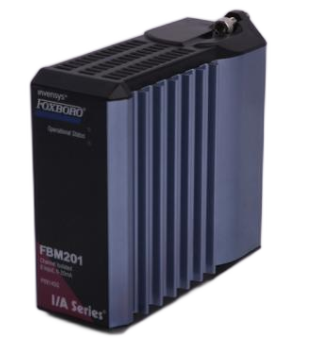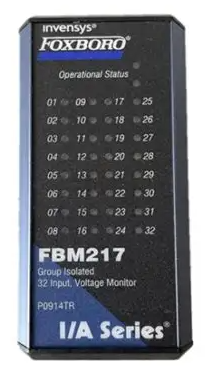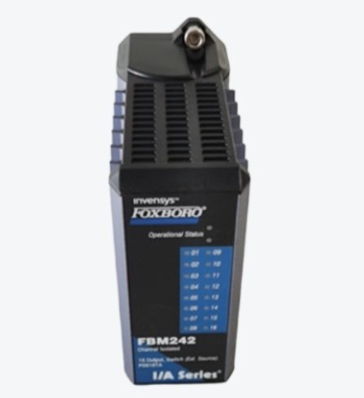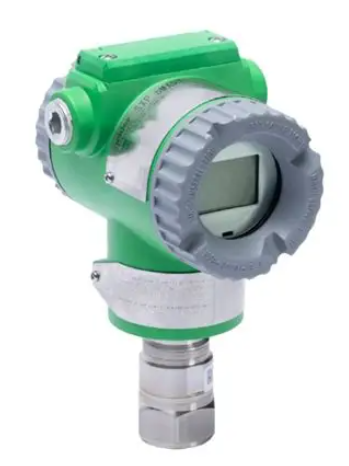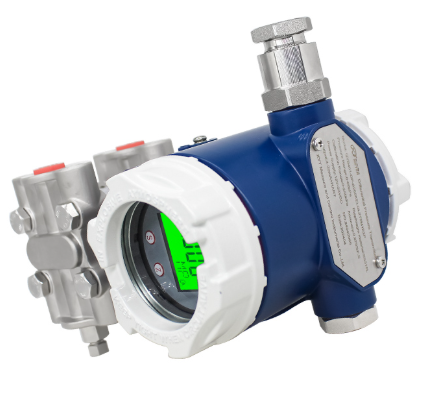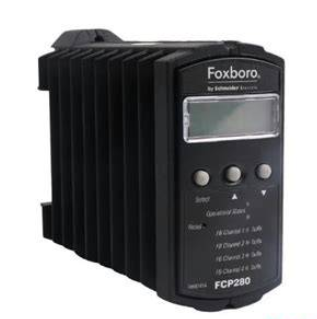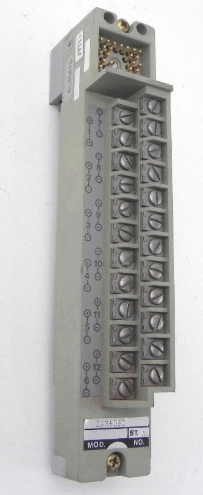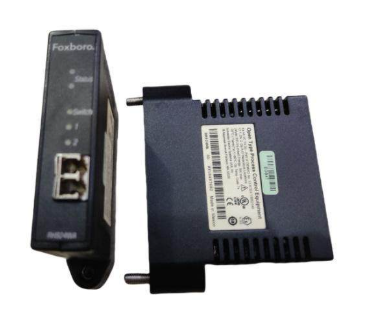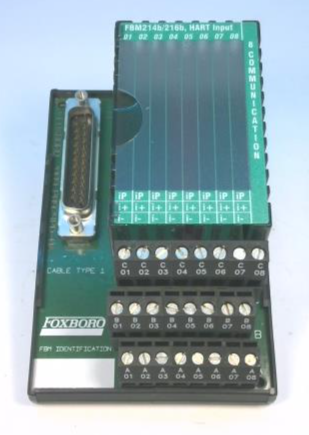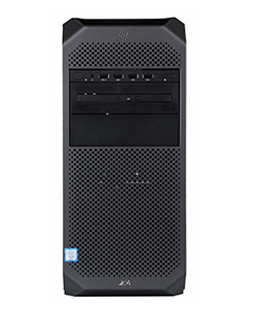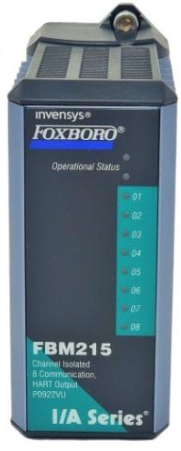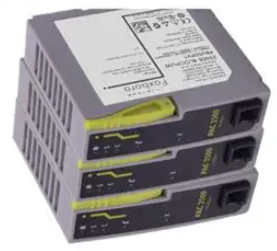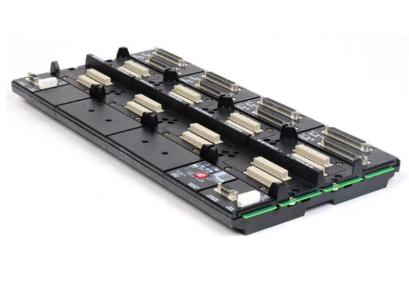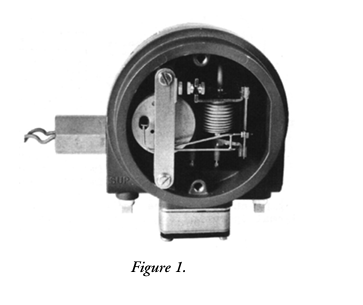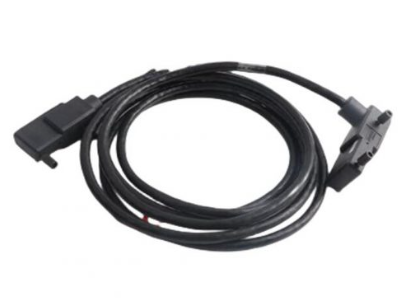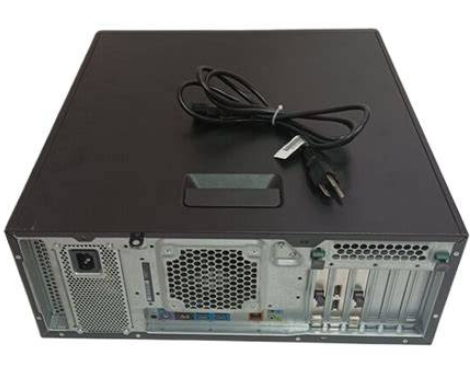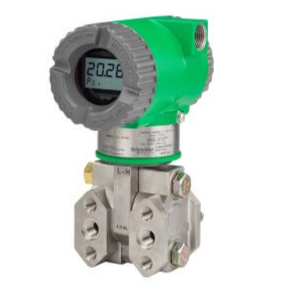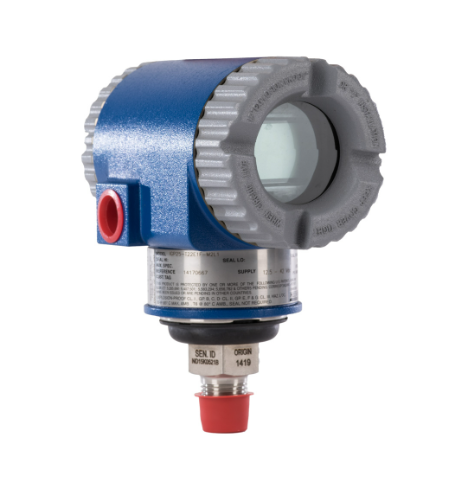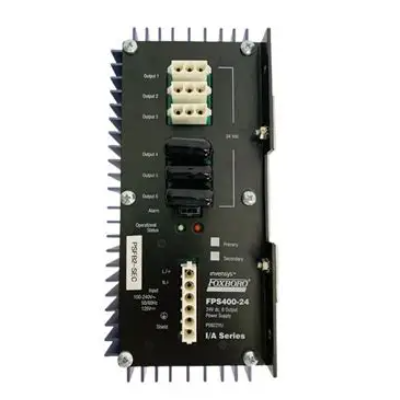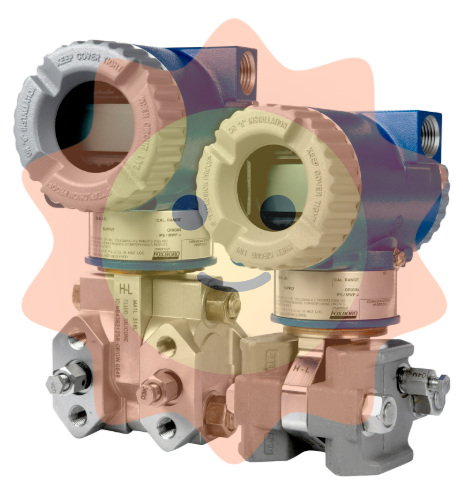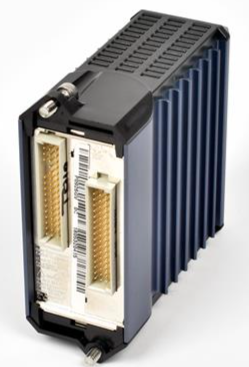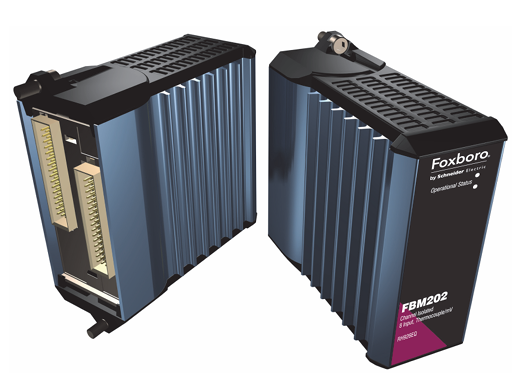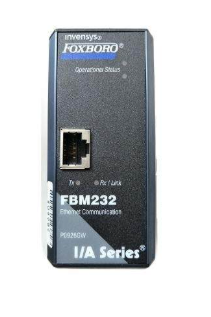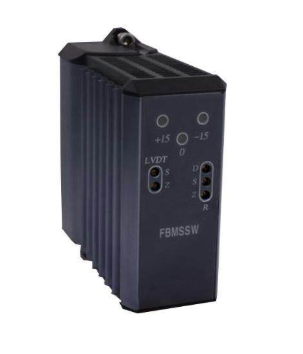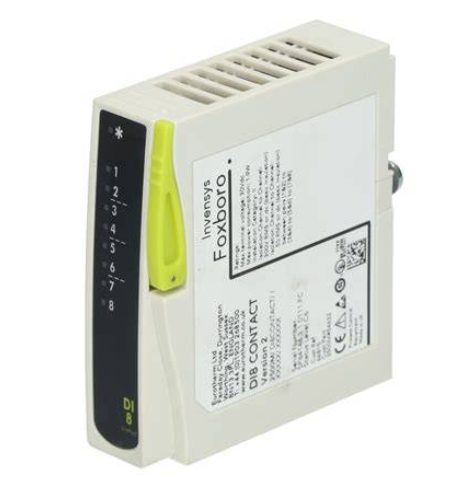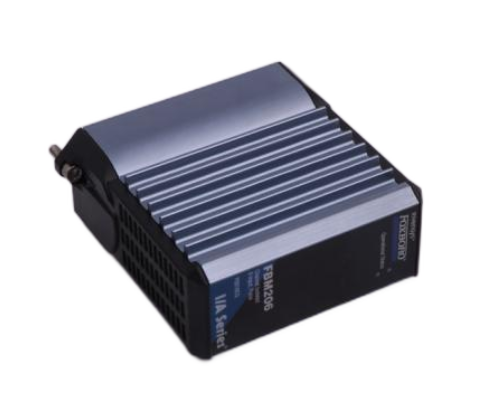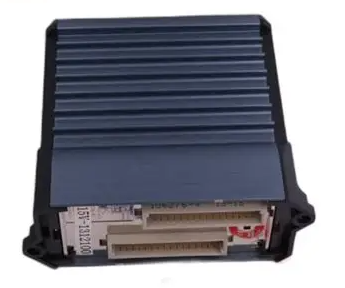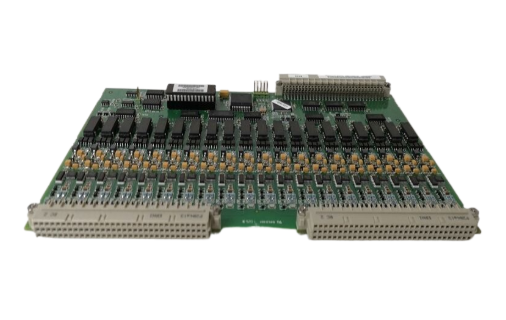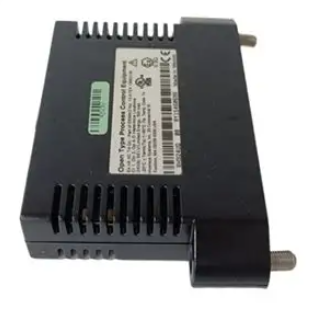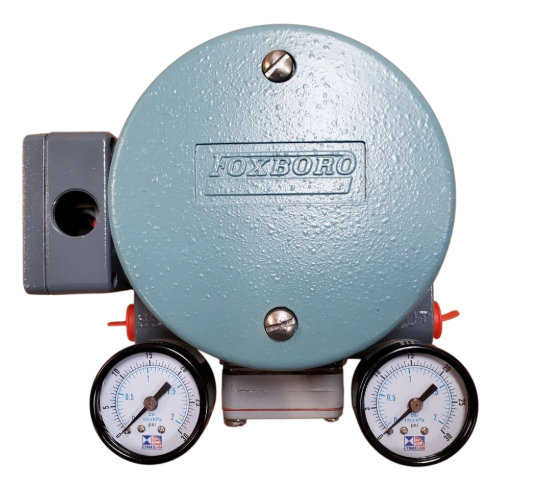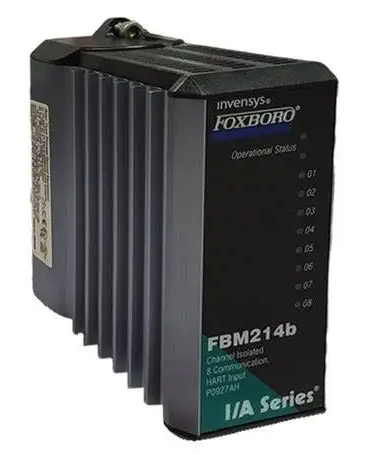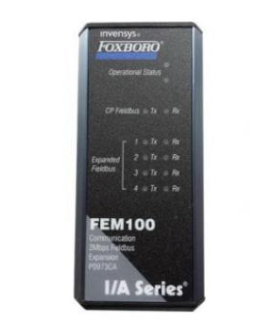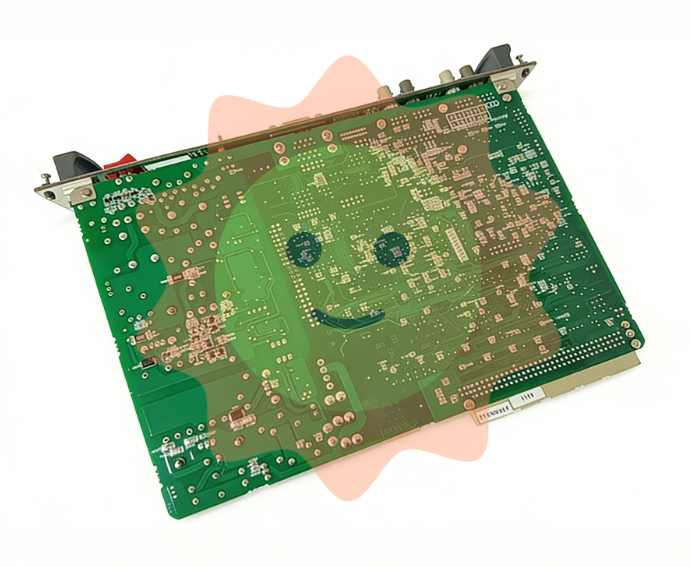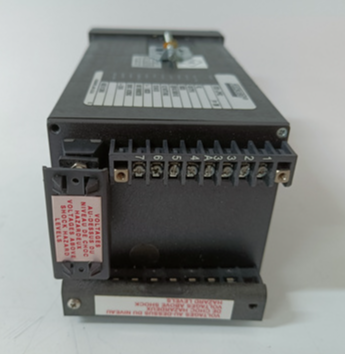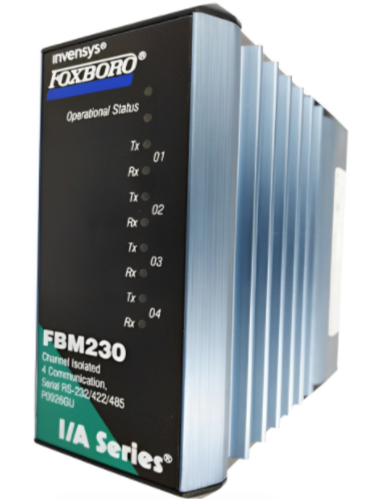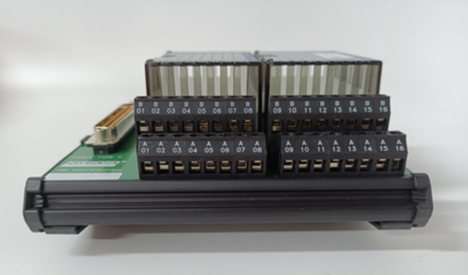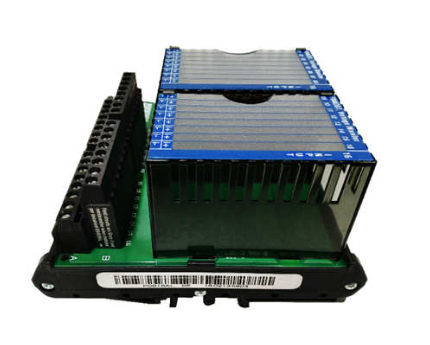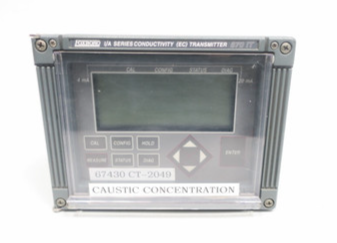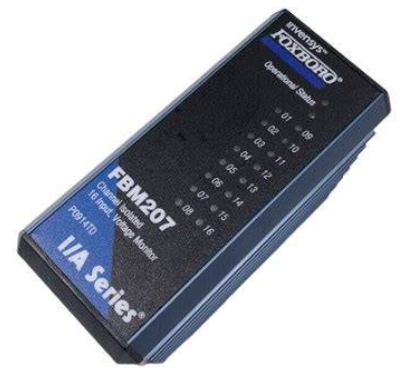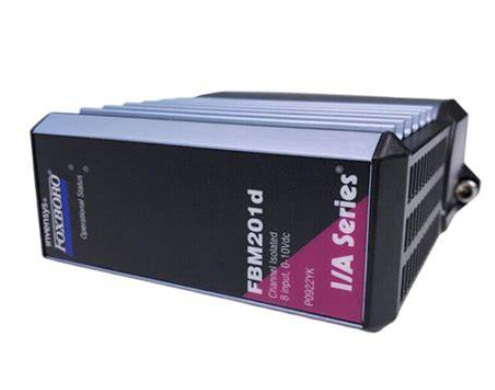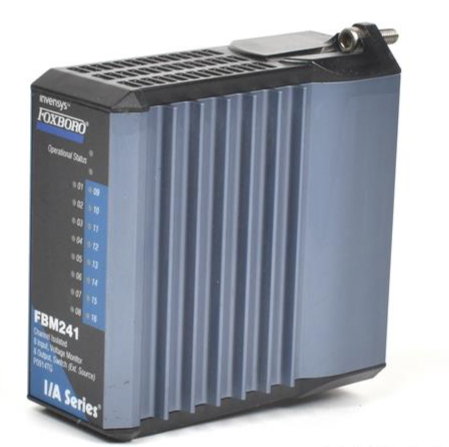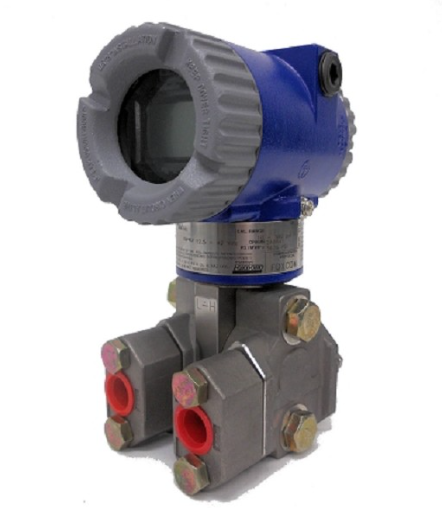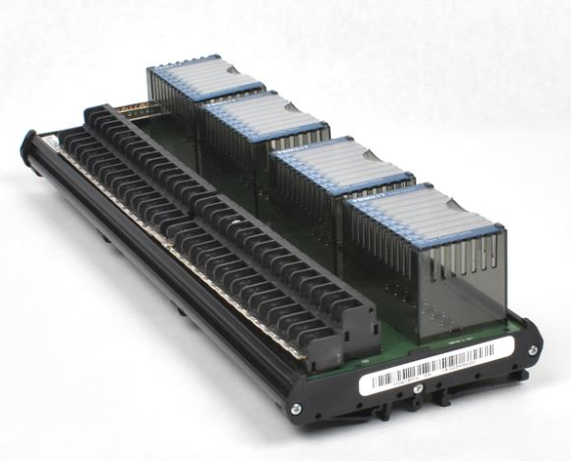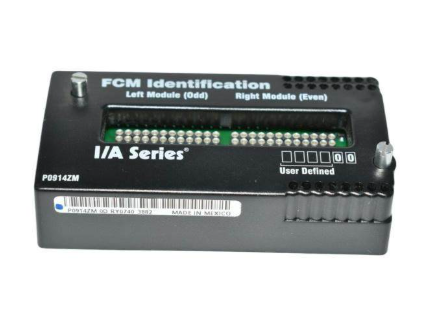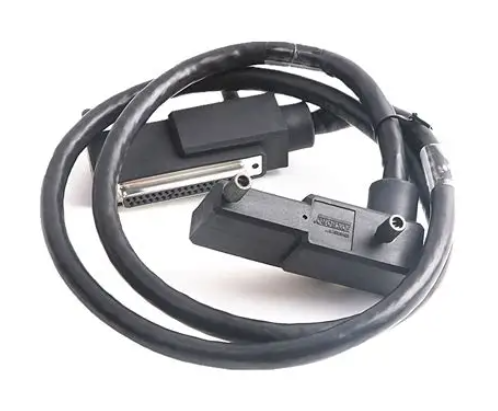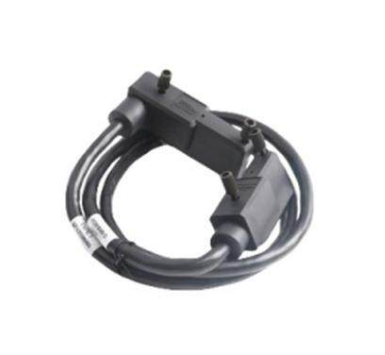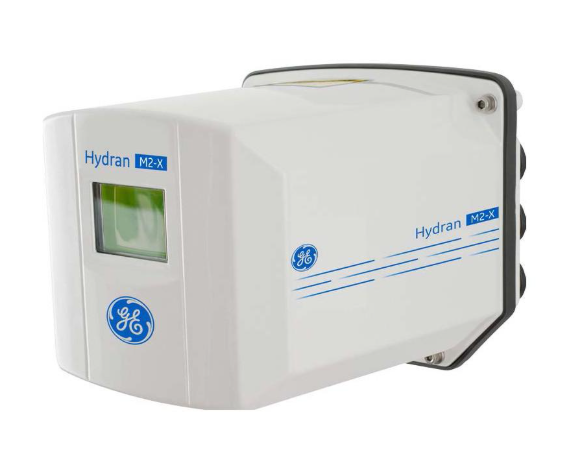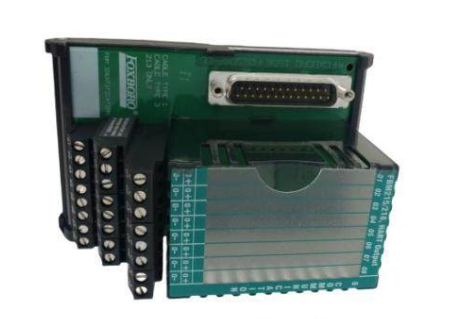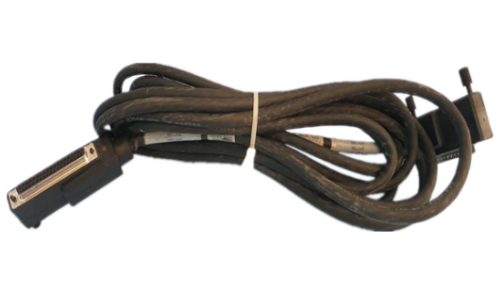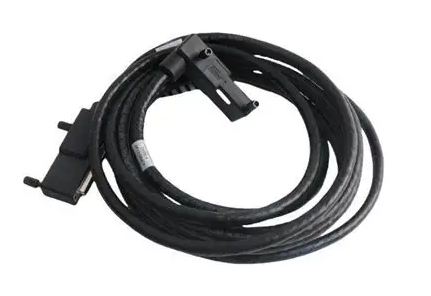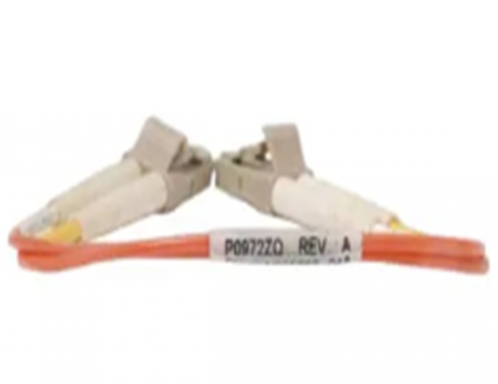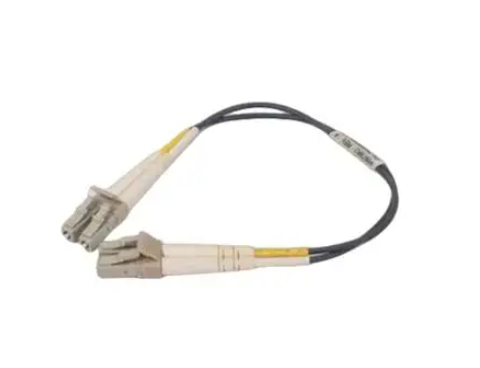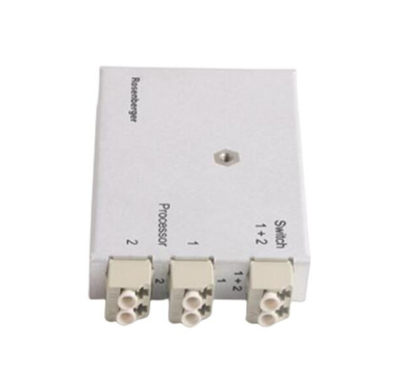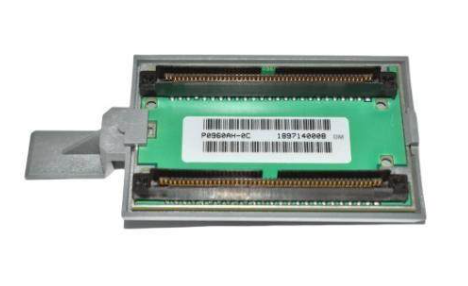ABB Triguard SC300E TMR Product Series
ABB Triguard SC300E TMR Product Series
Product Background and Positioning
ABB's Triguard 2 TMR safety product originated from August Systems, founded in 1978. The company was the world's first to develop triple modular redundancy (TMR) processing technology for real-time fault-tolerant control. After being acquired by ABB in 1997, it combined TMR technology with ABB's mature dual redundancy safety system to establish the ABB Safety business unit, dedicated to providing a wide range of safety solutions for the industry.
The Triguard SC300E product can be provided as an engineering system for ABB, as well as an integrated product for third-party system integrators and original equipment manufacturers (OEMs), enabling its technology to serve a wide range of customers and application scenarios. Many well-known companies around the world, such as BP/AMOCO, Exxon/Mobile, Saudi Aramco, etc., have adopted it.
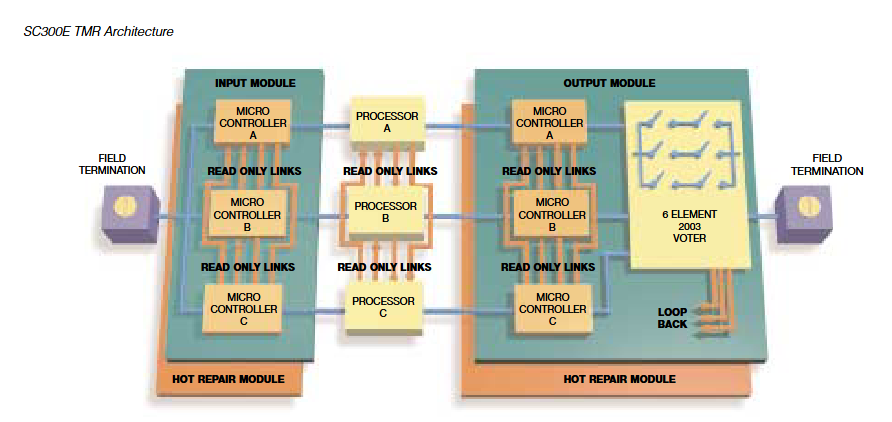
Core Features and Advantages of Triguard SC300E
1. High availability and reliability
Achieved extremely high TMR availability (99.999%) by maximizing mean time to failure (MTTF) and shortening mean time to repair (MTTR).
Adopting modern low-power integration technology makes TMR architecture cost-effective in an increasing number of high integrity applications.
Having fault tolerance capability, the system design can continue to operate correctly in the presence of major component failures and tolerate multiple non concurrent failures.
2. Safety and operational characteristics
Fault safe operation: The fault modes of the processor, input/output circuit, control program, and watchdog timer circuit are all managed to ensure that the circuit defaults to the predetermined safe state.
Fast response speed: Adopting advanced processor technology while maintaining the stability of the original core software, providing an unparalleled scanning time resolution of 10ms, which is beneficial for event sequence recording (SoE) and high-speed advanced control applications.
Usability: Running as a single set of hardware and software, three processors and triple I/O circuits are transparent to users, reducing operation and maintenance difficulty, low lifecycle cost, and supporting online maintenance.
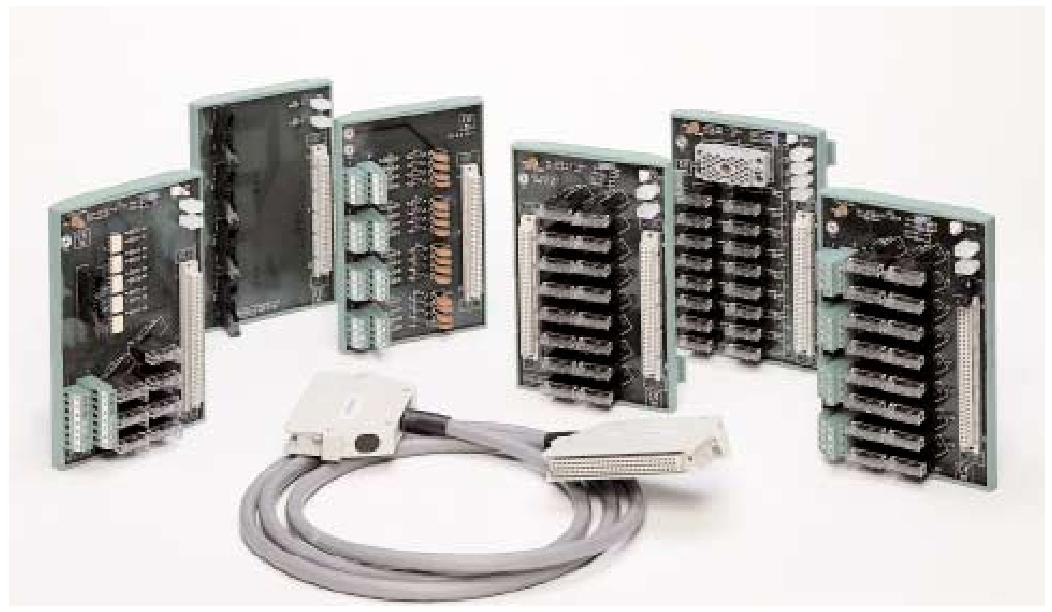
3. Architecture and hardware design
TMR architecture: A fully triple system architecture is adopted from input module to output module, with each system containing one or more identical chassis that accommodate power supply, processor, I/O, and communication modules.
Chassis types: including Main Chassis, Extension Chassis, Remote Master Chassis, and Remote Chassis, all provide 10 I/O module slots and redundant power supplies, can connect up to 15 chassis, and support up to 9500 I/O.
Processor: Each system contains three asynchronous parallel running processors, connected to I/O and communication modules through a triple bus system on the chassis backplane, with battery backed static RAM, EPROM, real-time clock, etc.
I/O module: The input/output module design is universal, achieving component rationalization and distributed processing. All modules have "key control" to prevent incorrect installation, support hot repair, and can be repaired without affecting system operation.
Digital input module: There are 32 channel isolated (24Vdc/120Vdc/120Vac TMR), 64 channel isolated (24Vdc Simplex) and other types.
Digital output module: including 32 channels (24Vdc TMR), 16 channels (120Vdc/120Vac TMR), etc., equipped with line monitoring circuit, six element voting circuit, etc.
Analog input/output module: The analog input module supports 0-5VDC, 0-10VDC, etc. The analog output module is a 4-channel 12 bit resolution 4-20mA TMR.
Pulse Input Analog Output Module (PIANO): 8 channels, including 4 pulse inputs and 4 analog outputs.
Communication module: Four channel serial communication module, supporting RS232/423, with a speed of 19.2 kbits/sec, directly communicates with three processors, and data is transmitted after 2oo3 voting. It can also be connected to standard communication networks such as Ethernet/TCP/IP through gateway products.
4. Software and Programming
Operating System: The Real Time Task Monitor (RTTS) is installed in three processors and has undergone over 10 million hours of runtime validation. It controls offline/startup and online continuous diagnostic and voting functions, providing a single application programming environment.
Supporting software:
TriBuild ™: Windows compatible configuration and application programming software, supporting online/offline configuration, programming, documentation, and testing, using ladder logic, functional block programming, and structured networking methods.
TriCommand ™ Server: Based on Wonderware InTouch ™ The display and control system workstation provides real-time system control and monitoring functions.
TriLog ™: A simple PC based alarm/event recorder that can monitor up to four Triguard SC300E systems.
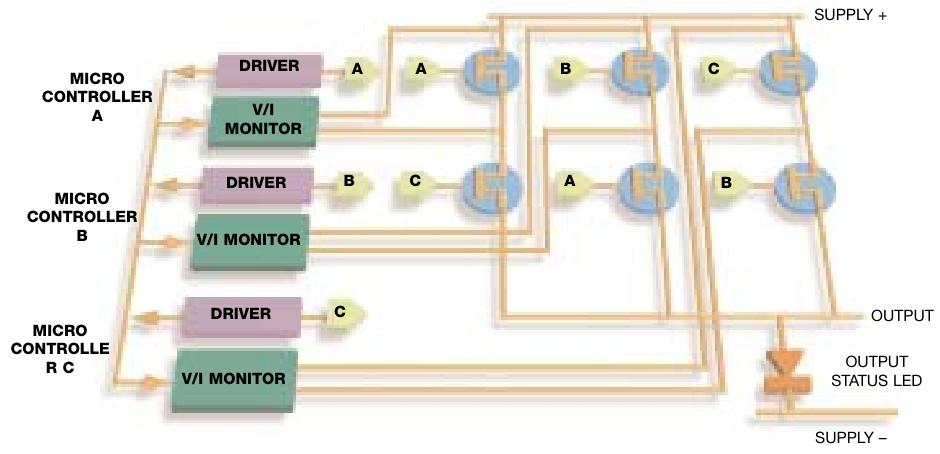
Standard compliance and global support
1. Compliance with international standards
ABB's quality system complies with international standards and is certified by BS EN ISO 9001 1994.
The product meets multiple international standards and guidelines, such as TUV Rheinland certification (for safety related applications, suitable for Safety Integrity Level 3 (SIL 3)/IEC61508), EU CE marking, UL/C industrial control equipment standards, Russian GOST standards, etc.
- EMERSON
- Honeywell
- CTI
- Rolls-Royce
- General Electric
- Woodward
- Yaskawa
- xYCOM
- Motorola
- Siemens
- Rockwell
- ABB
- B&R
- HIMA
- Construction site
- electricity
- Automobile market
- PLC
- DCS
- Motor drivers
- VSD
- Implications
- cement
- CO2
- CEM
- methane
- Artificial intelligence
- Titanic
- Solar energy
- Hydrogen fuel cell
- Hydrogen and fuel cells
- Hydrogen and oxygen fuel cells
- tyre
- Chemical fiber
- dynamo
- corpuscle
- Pulp and paper
- printing
- fossil
- FANUC
- Food and beverage
- Life science
- Sewage treatment
- Personal care
- electricity
- boats
- infrastructure
- Automobile industry
- metallurgy
- Nuclear power generation
- Geothermal power generation
- Water and wastewater
- Infrastructure construction
- Mine hazard
- steel
- papermaking
- Natural gas industry
- Infrastructure construction
- Power and energy
- Rubber and plastic
- Renewable energy
- pharmacy
- mining
- Plastic industry
- Schneider
- Kongsberg
- NI
- Wind energy
- International petroleum
- International new energy network
- gas
- WATLOW
- ProSoft
- SEW
- wind
- ADVANCED
- Reliance
- YOKOGAWA
- TRICONEX
- FOXBORO
- METSO
- MAN
- Advantest
- ADVANCED
- ALSTOM
- Control Wave
- AB
- AMAT
- STUDER
- KONGSBERG
- MOTOROLA
- DANAHER MOTION
- Bently
- Galil
- EATON
- MOLEX
- Triconex
- DEIF
- B&W
- ZYGO
- Aerotech
- DANFOSS
- KOLLMORGEN
- Beijer
- Endress+Hauser
- MOOG
- KB
- Moxa
- Rexroth
- YAMAHA
- Johnson
- Westinghouse
- WAGO
- TOSHIBA
- TEKTRONIX
- BENDER
- BMCM
- SMC


Email:wang@kongjiangauto.com

